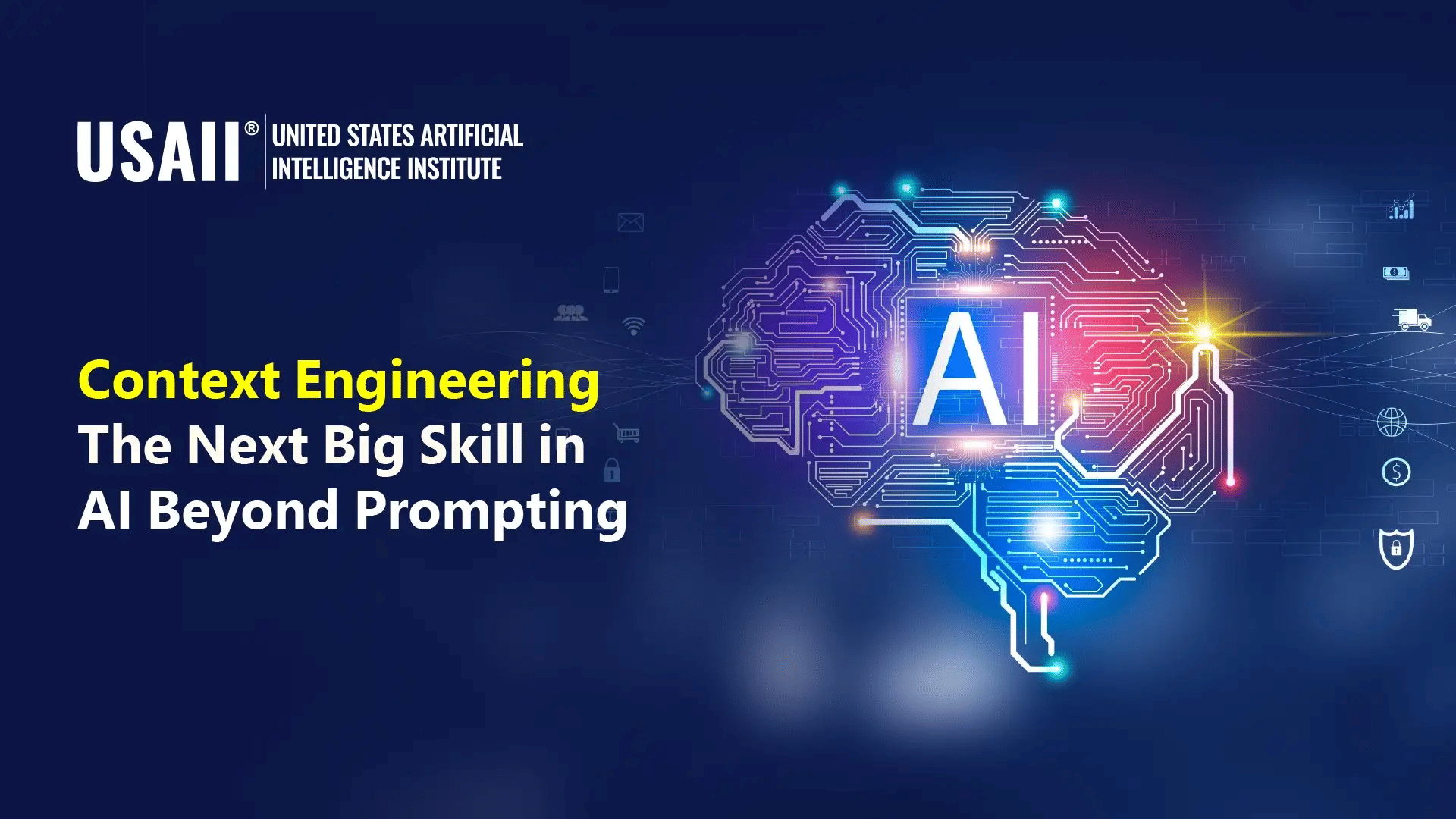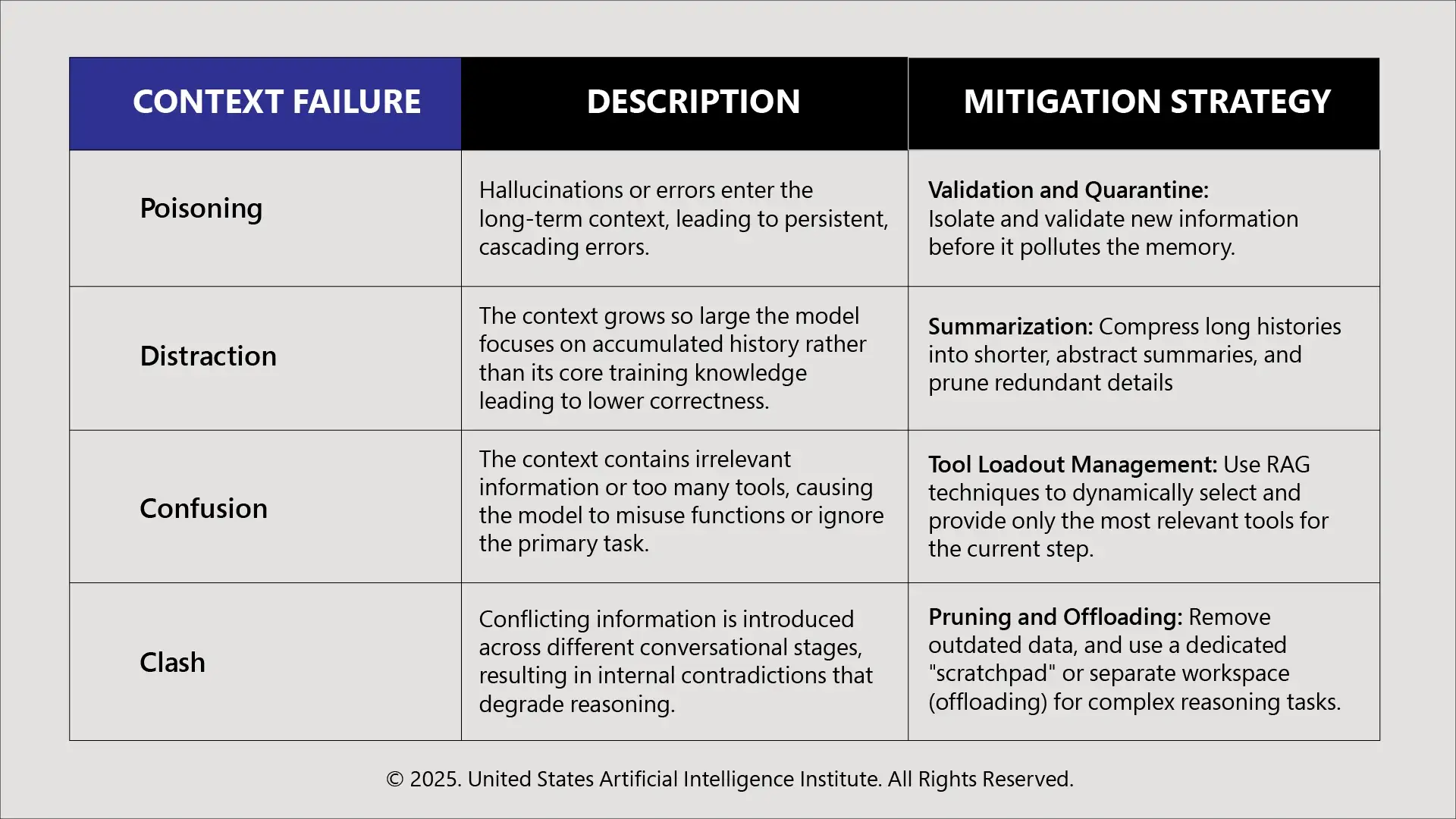
One of the key elements defining the success of generative AI tools is the Prompt. Organizations and individuals emphasize creating clear prompts to get the best output results. This led to a rapid increase in prompt engineering and skyrocketed demand for professionals like an AI prompt engineer. However, organizations are now focusing on moving from simple content generation systems and looking to build scalable, reliable, and more adaptive AI applications.
In the future, the enterprise AI success will not just depend on crafting effective prompts but on developing an intelligent system and systematically managing a huge amount of information available to the model, which is called Context Engineering.
Context Engineering - The New AI Discipline
Context engineering is a new AI concept that refers to the practice of designing and structuring the relevant data, workflows, and environments. The sole purpose is to enable AI systems to understand the intent of users, make better decisions, and deliver more relevant and contextual outputs that are aligned with enterprise goals, all without relying on manual prompts.
This facilitates organizations to go beyond just writing instructions and build a system that can autonomously gather, curate, and organize all necessary data for the AI model within its limited context window.
The goal is to provide AI agents and systems with genuine awareness about the situation and minimize the gap between hallucinatory AI models and future systems that know all.
Despite rising adoption, 57% of organizations estimate their internal data is not AI-ready, making proper Context Engineering essential for data integration. (Gartner, 2025)
How Context Engineering is Different from Prompt Engineering?
Prompt Engineering and Context Engineering are both different concepts, however, greatly related. The difference is one of scope and persistence.
Whole Prompt engineering is suited for single and atomic tasks like asking for a summary or writing any piece of content, context engineering is all about building a production-ready application that requires memory, consistency, and external interaction.
Let’s understand the difference with the following table:

For example, for a customer service agentic AI system, a prompt might initiate a conversation, but context engineering will help the agent remember the user’s account history, past tickets, product documentation, etc., across all interactions.
When should an organization adopt context engineering?
This is an important question, as organizations should know when they should adopt context engineering.
Here are some signs that it’s time:
The Technical Pillars of Context
An efficient context engineering architecture is capable of managing different types of important information simultaneously. The following are the elements that provide context engineering its power.
These are the core rules and behaviors that decide the AI’s persona and necessary guardrails
This helps models maintain a flow of dialogue and ensures a coherent and context-based interaction
They can pull data from external and proprietary sources, like documents or databases on which models are trained
These are the list of available external functions or APIs the AI can call, like checking a calendar, accessing a financial ledger, etc.
It also has access to live feeds, sensor data, and external API responses that make it contextually aware of the current situation.
One of the most visible applications of this practice can be seen in Retrieval-Augmented Generation (RAG) systems. RAG, indeed, is the foundational context engineering technique. It allows AI agents to search vast internal document libraries, rank relevant information according to context, and insert the highest-ranked data into the model’s context. This transforms the model from a general knowledge engine to a proprietary subject matter expert.
However, AI agents can be more powerful than RAG as they make context dynamic. An agent won’t just retrieve static documents, but it will also use tools to perform actions in the real world.
Let’s understand this with an example. A multi-agent system can dynamically call a flight booking API, check a hotel database, and then use that latest data to design a comprehensive travel itinerary for the user.
Similarly, advanced AI coding assistants also rely on context engineering to better understand the entire project architecture, dependencies, and coding style, instead of just a single file, to make relevant and reliable suggestions.
Understanding Context Failures or Underlying Challenges
Often, organizations think that simply increasing the size of a model’s context window, say to one million tokens, will solve their contextual issues. But that’s not correct. Research shows that performance declines long before the context window is full. This is a fundamental challenge in how models process large amounts of information. Context engineering is a feasible solution that relies on techniques and not just brute-force memory.
There are four key challenges/failures that context engineering must mitigate:

Need of the Hour: Implementing Context Engineering
Context engineering is rapidly becoming the core of enterprise strengths. AI leaders must therefore make it a strategic priority. Here are a few actions that they must take:
The AI leaders need to shift their focus from prompt engineering to deep-level context so that organizations can build more precise and reliable AI systems that are aligned with their business goals.
Ultimately, the successful transition to context-aware AI architectures can significantly enhance the role of AI professionals. With the best Artificial Intelligence certifications from USAII®, you can validate the advanced, systemic understanding of data governance, context management, and architectural design, which are now highly essential for deploying reliable, high-impact enterprise AI solutions.
Follow us: